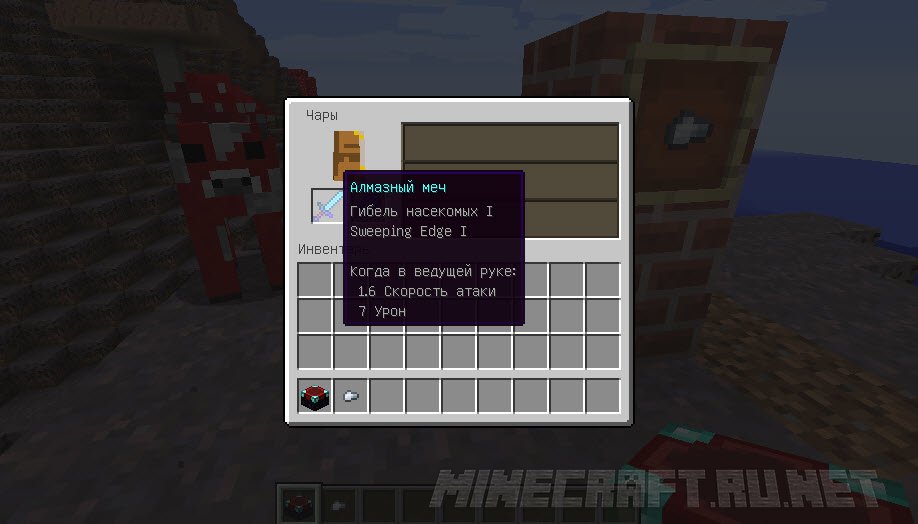
The Sayfo is comparatively less well-studied than the Armenian genocide. At the 1919 Paris Peace Conference, the Assyro-Chaldean delegation stated that its losses were 250,000, about half the prewar population it is unknown if this figure is accurate. Motives for killing included the perceived lack of loyalty among some Assyrian communities to the Ottoman Empire and the desire to appropriate their land.

There was a larger role for local actors as opposed to the Ottoman government, but the latter also directly ordered attacks on certain Assyrians. The Sayfo occurred concurrently with and closely related to the Armenian genocide, although the Sayfo is considered less systematic.

Ottoman Assyrians living farther south in present-day Iraq and Syria were not subjected to mass killing. In Diyarbekir vilayet, Governor Mehmed Reshid initiated a genocide encompassing all of the Christian confessional communities in the vilayet, including Syriac Christians. In mid-1915, Ottoman forces as well as Kurds jointly attacked the Assyrian tribes of Hakkari, driving them out by September. In Bitlis vilayet, Ottoman troops returning from Persia combined with local Kurdish tribes to massacre the local Christian population, including Assyrians. Mass killing of Assyrian civilians began during the Ottoman occupation of Azerbaijan from January to May 1915, during which massacres were committed by Ottoman soldiers and irregulars as well as pro-Ottoman Kurds. The empire's centralization efforts in the nineteenth century led to increased violence and precariousness for Assyrians.

Prior to World War I, they were settled in mountainous and remote areas of the Ottoman Empire, some of which were effectively stateless, and marked by intertribal warfare between Kurdish tribes and their Assyrian allies. The Assyrians were divided into mutually antagonistic churches, including the Syriac Orthodox Church, Church of the East, and Chaldean Catholic Church. 'sword' see below), also known as the Assyrian genocide, was the mass slaughter and deportation of Assyrian/ Syriac Christians in southeastern Anatolia and Persia's Azerbaijan province, committed by Ottoman soldiers, irregulars, and some Kurdish tribes during World War I. Assyrian women fleeing through the mountains, 1915


 0 kommentar(er)
0 kommentar(er)
